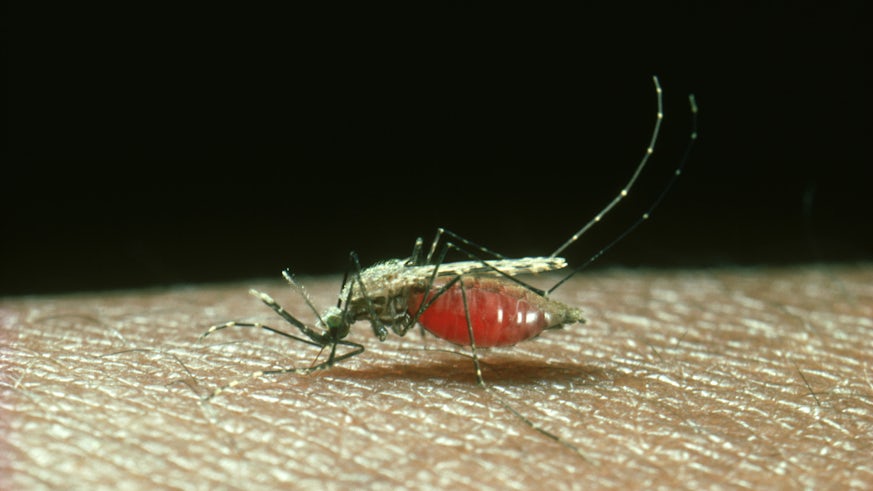Scientists to set ‘sugar traps’ for mosquitoes in sub-Saharan Africa
30 May 2023

A new method for tackling insecticide resistance among mosquitoes that spread malaria in sub-Saharan Africa is being developed by a team of scientists at Cardiff University.
‘Sugar traps’ containing new attractant chemistry will lure mosquitoes away from people and dwellings in towns and villages in the region by mimicking the smell of nearby tree and other plant flowers from which mosquitoes feed before they seek out human blood for reproduction.
Researchers and commercial development partners from the Schools of Chemistry and Biosciences at Cardiff University and Lisk & Jones Consultants Ltd will work together with German industry partners Biogents AG on the project funded by the Bill & Melinda Gates Foundation.
The team says an alternative to permethrin coated nets, which are designed to kill mosquitoes on contact, is necessary because of chemical resistance and changes in behaviour of the sub-Saharan mosquito Anopheles gambiae – the main vector of the malaria pathogen.
Project lead Professor John Pickett FRS, an expert in Biological Chemistry at Cardiff University, said: “Permethrin treated bed nets have for years offered an incredibly effective way of eliminating mosquitoes and reducing the number of people contracting and dying from malaria in sub-Saharan Africa.
“Unfortunately, research has shown us the mosquitoes have not only begun to develop resistance to the permethrin but, crucially, they have changed their behaviour too.”
A bid for survival
In a bid for survival, mosquitoes have learned to locate and extract sugar from the region’s sparse flora. The sugar boosts their energy supplies so they can bite in the daytime and through the chemically coated nets in their attempt to extract the blood required to lay their eggs.
In response to these changes, the Cardiff team took day flying as their focus for intervention.
They created a novel sugar formulation and are analysing Africa-native and related flowers which attract pollinators like mosquitoes and are combining these technologies to produce the new mosquito trap.
Professor Pickett, who was the first to identify mosquito pheromones in the 1980s, said: “Identifying long range attractants to the relatively sparse flora in sub-Saharan Africa is not a problem with our new techniques.
“But we needed to collaborate with electrophysiologist colleagues at Cardiff to identify the compounds that are selectively used by the malaria mosquitoes to locate sources of floral nectar.”
The researchers will now work together with industry partner Biogents AG to incorporate the new sugar formulation and floral attractants into a durable and sustainably constructed device for community testing with the Kenya Medical Research Institute.
They say the devices will sit within range of villages and nearby plant life where they can competitively attract mosquitoes who will feed off the specially formulated sugar and die at a distance before they are able to bite people and lay their eggs.
Professor Pickett added: “Eventually we see the project in the hands of the local communities most affected by malaria in Africa as part of a technology transfer programme. They might then, using locally produced sugar, extract the attractants from the native flora in order to destructively bait the mosquitoes and safeguard their own communities from the malaria epidemic we see in the region.”
Share this story
The School tackles the important scientific challenges of the 21st century which is the focus of its internationally leading research and education.

